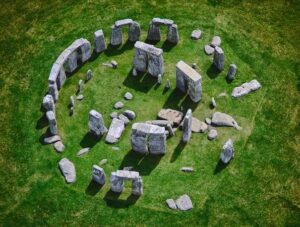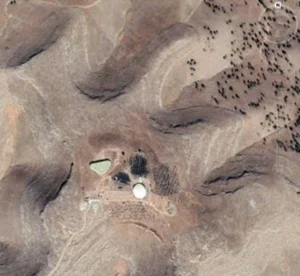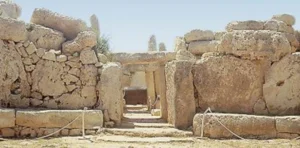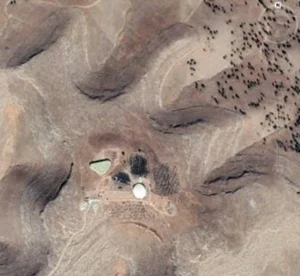
STONEHENGE: THE MYSTERY SOLVED
Table of contents PURPOSE OF THIS ARTICLE As we understood when reading the previous article summarizing the archaeological discoveries at this site, despite the numerous

Table of contents PURPOSE OF THIS ARTICLE As we understood when reading the previous article summarizing the archaeological discoveries at this site, despite the numerous

Table of contents PURPOSE OF THIS ARTICLE As the title suggests, this article will summarize everything that has so far been discovered and said about

As we understood from the previous article summarizing the archaeological discoveries made on this site, despite the numerous discoveries that reveal so much about its true nature, the majority of archaeologists still support the hackneyed scientistic interpretation of a temple built by somewhat “primitive” hunter-gatherers who, after their discovery of agriculture in the Neolithic period, engaged in the first agricultural rites linked to the course of the sun.
Let’s face it, from the point of view of cultural knowledge of the sacred world, this is a veritable intellectual aberration and cultural heresy if we know anything at all about universal mythological symbolic language, the meaning of the symbols our ancestors used to convey their teachings, their doctrines, their worship, their religion.
Using this symbolic language, we’re going to “translate” this site and clearly state what it represents, through its architecture, ornamentation and related findings.
As it unravels, one by one, all the enigmatic knots that have so far contributed to its mystery, this deciphering will, I hope, progressively open the eyes of novices in sacred science, tourists and anyone legitimately amazed by this site, but also, therefore, the eyes of the archaeological community.
Let’s take a look at this site and see how, in comparison with other megalithic sites, it too conveys the same strict teachings and doctrines of prehistoric mythological religion (or prehistoric paganism), including its major doctrine: the immortality of the human soul through the celebration of the death and reincarnation of the father of the gods (the deified primordial man) into his son, the son-god; a rebirth brought about by the regenerative power of the womb of his wife, the mother-goddess (the deified primordial woman).
Our analysis of this site is yet another illustration of the fact that, even if each megalithic site is different in that it declines the sacred symbolic language of mythological religion according to its local specificities, favoring certain symbols over others, fundamentally, they all use the same sacred symbolic language that conveys the same original mythological prehistoric doctrine or religion.
This example, coupled with the analysis of other megalithic sites, will give us a better grasp of the universality and timelessness of prehistoric mythological religion (or paganism).

Table of contents PURPOSE OF THIS ARTICLE As the title suggests, this article will summarize everything that has so far been discovered and said about

Table of contents PURPOSE OF THIS ARTICLE As we understood from the previous article summarizing the archaeological discoveries made on this site, despite the numerous

Table of contents PURPOSE OF THIS ARTICLE As the title suggests, this article will summarize everything that has so far been discovered and said about
Copyright © IKONU 2023.